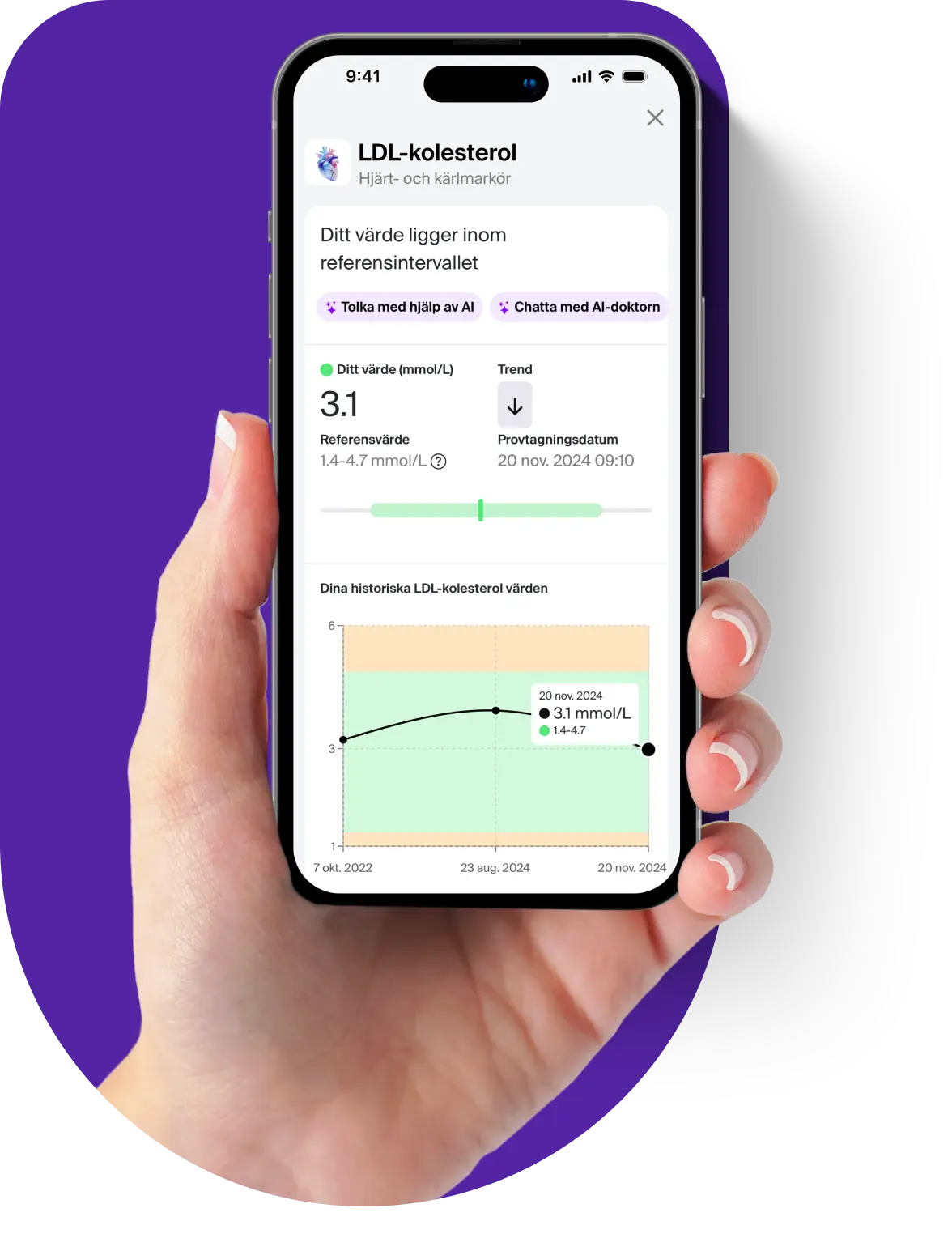The urate test measures the volume of uric acid crystals in the blood, also called uric acid. Uric acid is produced as a by-product during the breakdown of purines, which occur in various foods such as liver, black pudding, kidney, herring, anchovies, fish roe and more.
Uric acid is usually excreted from the body through your kidneys and intestines. If there is an imbalance between the production and breakdown of uric acid, the levels in the blood can increase, which can lead to a disease called hyperuricemia, which is associated with an increased risk of gout. A high level of urate in the blood can also be an indication of an increased risk of cardiovascular disease.
To measure urate levels in the blood, a common laboratory test called a urate level test or uric acid level test is used. This test is usually included in routine blood tests and can also be ordered separately.
The Link Between Uric Acid and Gout
Gout is an inflammatory joint disease caused by the accumulation of uric acid crystals in the joints, leading to sudden and painful attacks of joint inflammation. Gout affects approximately 1-2% of the population and is more common in men than women, especially after the age of 40. The risk increases with:
- Increasing age.
- High alcohol intake.
- Overweight.
- Certain medications (e.g. diuretics).
- Kidney diseases where the excretion of uric acid is impaired.
Symptoms of high urate levels
Elevated levels of urate in the blood can be symptom-free for a long time, but when the levels become high enough, uric acid crystals can begin to form and cause symptoms such as:
- Acute and intense pain in one or more joints (usually the big toe joint).
- Swelling, redness and increased heat around the affected joint.
- Stiffness in the joint after a gout attack.
- Repeated gout attacks can eventually lead to chronic joint inflammation and joint damage.
In some individuals, prolonged elevated urate levels can also contribute to the formation of kidney stones and an increased risk of kidney disease.
Why should you test your urate levels?
Analyzing urate levels in the blood can be important in identifying an increased risk of gout, especially in people with:
- Recurrent joint inflammations.
- A known family history of gout.
- Risk factors such as high blood pressure, kidney disease, or metabolic syndrome.
- Long-term use of diuretics or other medications that affect uric acid levels.
How is the test done?
To measure urate levels in the blood, a laboratory test called P-Urate, also known as a uric acid level test, is used. The test is performed via a standard venous blood sample and can help identify the risk of gout or other conditions linked to elevated urate levels.
























